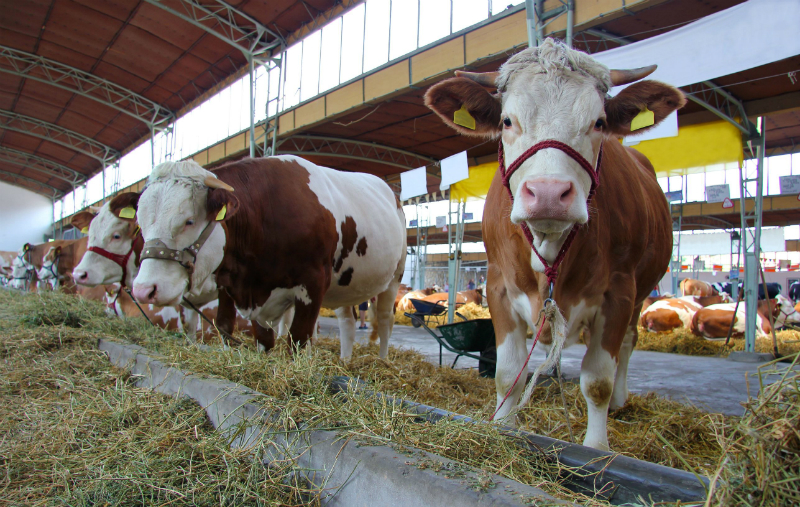Writing a complete and encompassing bull lease is a simple way to avoid conflict and problems during and after the breeding season. The lease is designed to protect both the bull owner and the bull leaser, ensuring the bull is cared for during the duration of the lease, while also ensuring that the herd owner has a reliable bull with a current BSE (Breeding Soundness Exam) and is fertile and in good condition to breed.
At Jorgensen Land & Cattle, we have a bull lease agreement that we use with our customers. It is comprehensive and builds in protection for both parties to the agreement. It includes all possible issues that can arise, and with our 60 years in the cattle industry, we have a clear understanding of what those issues can be.
In general, we recommend that all bull leases include:
- Clear identification of the bull as well as the specifics on the number of cows the bull will breed. This is essential to prevent overworking the bull, which is detrimental to the bull as well as the overall herd pregnancy rates.
- Genetic information, as requested. This should include DNA information, BSE results, and other similar factors, such as the overall condition of the bull at the time of delivery.
- Details on where the bull will be located, the type of pasture or feed he will be on as well as information on any need to move the bull between locations.
- The specific term or dates of the lease and how to extend the lease if needed.
- Delivery information is always included in our lease. We deliver and pick up the bull on the dates and locations indicated in the lease.
- Information on the insurance required and the ability to replace the bull if he is injured or is not breeding the cows.
Finally, the bull lease should include a termination clause to let either party end the lease agreement under specific conditions.
For more information visit Jorgensen Farms.
